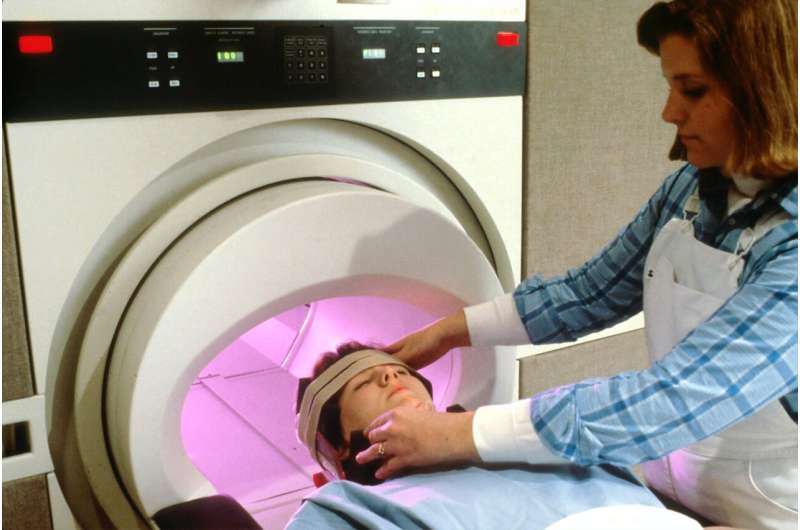
A cohort study of persons with incidental pituitary microadenomas found that approximately two-thirds of the microadenomas remained unchanged or decreased in size over time. These findings suggest that less frequent pituitary magnetic resonance imaging (MRI) surveillance for patients with incidental pituitary microadenomas may be safe. The findings are published in Annals of Internal Medicine.
Incidental pituitary lesions are common, and their estimated prevalence is 10% to 38.5% in radiological studies. With increased use of brain imaging techniques, more pituitary lesions have been identified, including asymptomatic solid or cystic lesions called incidentalomas. These lesions are categorized as macro- versus microadenomas. Most are microadenomas. However, how frequently these incidental lesions should be monitored by serial pituitary MRI remains unclear.
Researchers from Brigham and Women’s Hospital and Harvard Medical School conducted a cohort study of 177 persons with pituitary microadenomas who received more than 1 MRI. The authors report that 78 patients experienced no change in the size of the microadenoma over time, 49 experienced an increase in size, 34 experienced a decrease in size, and 16 experienced an increase then decrease in size.
The authors report that among the 28% of microadenomas that increased in size, the maximal size increase was 6 mm. They add that their findings suggest that although a subgroup of patients displayed an increase in tumor size over the study period, the tumor growth rates were slow and the increases in size were limited. According to the authors, their findings suggest that less frequent pituitary MRI surveillance for patients with incidental pituitary microadenomas may be safe.
American College of Physicians

